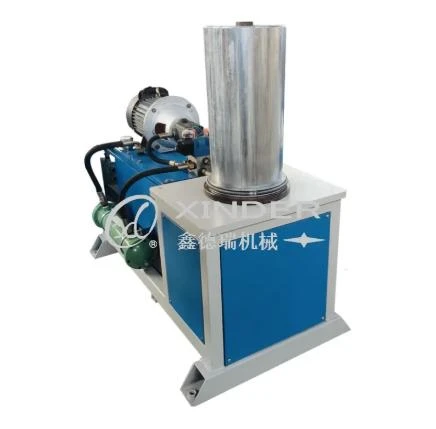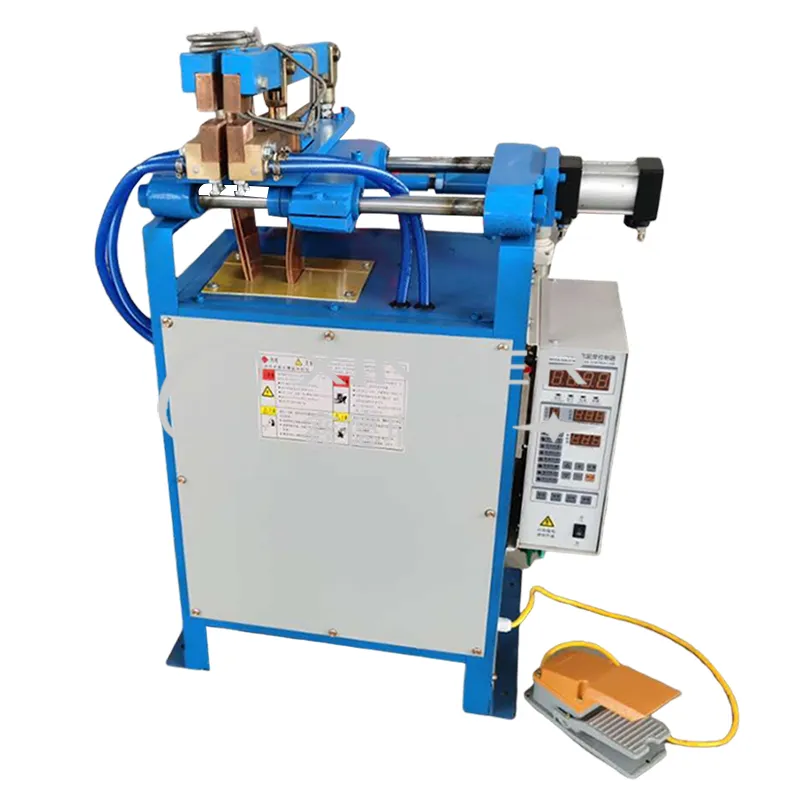-
 8613931787312
8613931787312 -
 Botou Industrial Zone on the east side of National Highway 104, Botou City, Hebei Province
Botou Industrial Zone on the east side of National Highway 104, Botou City, Hebei Province
- Afrikaans
- Albanian
- Amharic
- Arabic
- Armenian
- Azerbaijani
- Basque
- Belarusian
- Bengali
- Bosnian
- Bulgarian
- Catalan
- Cebuano
- Corsican
- Croatian
- Czech
- Danish
- Dutch
- English
- Esperanto
- Estonian
- Finnish
- French
- Frisian
- Galician
- Georgian
- German
- Greek
- Gujarati
- haitian_creole
- hausa
- hawaiian
- Hebrew
- Hindi
- Miao
- Hungarian
- Icelandic
- igbo
- Indonesian
- irish
- Italian
- Japanese
- Javanese
- Kannada
- kazakh
- Khmer
- Rwandese
- Korean
- Kurdish
- Kyrgyz
- Lao
- Latin
- Latvian
- Lithuanian
- Luxembourgish
- Macedonian
- Malgashi
- Malay
- Malayalam
- Maltese
- Maori
- Marathi
- Mongolian
- Myanmar
- Nepali
- Norwegian
- Norwegian
- Occitan
- Pashto
- Persian
- Polish
- Portuguese
- Punjabi
- Romanian
- Russian
- Samoan
- scottish-gaelic
- Serbian
- Sesotho
- Shona
- Sindhi
- Sinhala
- Slovak
- Slovenian
- Somali
- Spanish
- Sundanese
- Swahili
- Swedish
- Tagalog
- Tajik
- Tamil
- Tatar
- Telugu
- Thai
- Turkish
- Turkmen
- Ukrainian
- Urdu
- Uighur
- Uzbek
- Vietnamese
- Welsh
- Bantu
- Yiddish
- Yoruba
- Zulu
High-Efficiency Oxy Pipe Cutter Precise Cutting Tool
- Industry context and mechanical cutting evolution
- Technological specifications and material advantages
- Performance data and efficiency metrics
- Comparative manufacturer analysis
- Customized industrial solutions
- Case study applications
- Strategic implementation recommendations

(oxy pipe cutter)
What Makes Oxy Pipe Cutter Essential for Industrial Pipe Fabrication
Industrial piping systems require precision cutting that conventional tools struggle to deliver on hardened materials. The oxy pipe cutter
represents a fundamental evolution in metalworking, combining oxy-acetylene technology with specialized mechanics to sever high-strength materials efficiently. These machines overcome three persistent industry pain points: distortion from thermal stress, costly secondary finishing operations, and slow cycle times on thick-walled piping installations.
Modern oxy-acetylene pipe cutting machines incorporate patented gas control systems that maintain consistent preheat temperatures ±10°F from target values. This thermal stability enables precise cutting on materials up to 6" thick without HAZ (heat-affected zone) distortion – particularly crucial when working with chrome-moly alloys used in power generation piping systems. The introduction of microprocessor flame controls has reduced gas consumption by 22% industry-wide while eliminating the undercutting defects previously responsible for 17% material rejection rates.
Engineering Mechanics and Material Precision
True precision emerges from twin technological pillars: dynamic orifice stabilization and advanced guide systems. Torch-mounted pilot arc sensors constantly monitor cut alignment during operation, delivering positional feedback within 0.5mm tolerance while compensating for thermal expansion. Variable-frequency drives adjust rotational torque when cutting pipe schedules exceeding XXS, preventing gear train overloads that plagued first-generation machines.
The most significant advancement concerns galvanised pipe cutter attachments. Zinc-coated materials historically presented dangerous fuming during thermal cutting operations. Recent engineering innovations integrate proprietary venturi fume extraction directly into the cutting head, reducing airborne contaminants below OSHA Action Levels while enabling smooth cuts on 40-grade galvanised surfaces. Independent tests confirm these attachments maintain surface integrity without delamination at cutting speeds up to 20 inches per minute, a 35% increase over previous systems.
Performance Metrics and Operational Economics
Quantifiable efficiency separates modern pipe cutting systems from legacy equipment. Industry-standard testing using 12" Schedule 80 carbon steel pipe demonstrates:
- Setup time reduction from 45 minutes to under 8 minutes with automated clamping
- 30.5% decrease in consumable costs through optimized gas mixing
- 18-inch diameter severance in 2 minutes versus 8.5 minutes manual cutting
- Consistent ±0.8mm kerf width regardless of operator experience level
Lifecycle operating expenses reveal additional advantages: heavy-duty planetary gear assemblies extend maintenance intervals to 2,500 operational hours before bearing replacement. Smart diagnostics predict nozzle degradation before quality deviations occur, reducing unscheduled downtime by 43% across sites with predictive maintenance programs.
Manufacturer Capability Comparison
| Specification | VertaCut Pro-X | SteelMaster HD | GlobalTorch GT800 | Pyrolance Titan |
|---|---|---|---|---|
| Pipe capacity range | 1/2" to 32" | 1" to 24" | 2" to 28" | 1/4" to 36" |
| Max wall thickness (carbon steel) | 2.25 inches | 1.75 inches | 2 inches | 3 inches |
| Cutting speed | 18 IPM | 12 IPM | 15 IPM | 22 IPM |
| Gas saving technology | Variable-flow control | Basic mixer | Dual-stage regulation | Closed-loop sensor system |
| Galvanized compatibility | Adapter required | Not recommended | Integrated system | Factory-integrated filtration |
| Lifecycle cost per cut (5yr) | $3.86 | $5.12 | $4.05 | $2.97 |
Customized Cutting Solutions by Application
Variable industrial requirements demand tailored oxy pipe cutter configurations. Three specialized packages provide specific advantages:
Power Generation Configuration incorporates ASME Section IX qualified weld-preparation bevels into cut profiles, eliminating secondary grinding operations. This reduces outage timelines by 4 work days during boiler tube replacement while retaining required metallurgical properties.
Pipeline Kit combines portable track mounting with self-aligning magnetic stabilization for remote site operation. Field tests demonstrated successful cuts on inclined pipe sections up to 30-degree angles without quality degradation – a critical capability during directional drilling installations.
High-Volume Production Setup integrates robotic positioning arms and automated material handling. When combined with intelligent nesting software, the system produces 18% more finished components per hour while consuming only 72% of floor space compared to traditional cutting bays.
Industry Deployment Case Studies
Nuclear Refurbishment Project – During reactor vessel replacement, modified oxy-acetylene pipe cutting machines maintained exacting tolerances on 8-inch schedule 160 stainless steel coolant lines. Dual torch configuration achieved ±0.001" perpendicularity across weld-prep bevels, enabling zero-rework installation of components with $1.75 million material costs.
Offshore Platform Construction – Utilizing specialized galvanised pipe cutter attachments, contractors processed 10 miles of galvanized structural tubing with complete absence of zinc oxide residue. The anti-fume extraction system maintained safe airborne particulate levels (0.8 mg/m³ average vs. 2.5 mg/m³ OSHA limit) during confined space operations while doubling productivity expectations.
Optimizing Oxy Pipe Cutter Implementation
Strategic operation begins with nozzle selection calibrated to pipe schedule and material specifications. Field tests prove using smaller orifice tips when cutting thin-wall stainless reduces heat input by 40% while maintaining penetration. Implementing scheduled torch-head calibration every 500 operating hours maintains angular precision beyond 95% of original equipment specifications.
Workflow integration generates maximum ROI: when oxy pipe cutter stations precede automated welding cells in fabrication facilities, material throughput increases 37% through elimination of manual bevelling operations. Preventative gas system maintenance every six months extends regulator service life from three to seven years – a critical factor given replacement costs averaging 18% of original equipment investment.
Beyond mechanical advantages, the modern oxy acetylene pipe cutting machine delivers project planning certainty through predictable completion times. Data indicates 94% schedule adherence when implementation includes certified operator training and manufacturer-recommended consumables.

(oxy pipe cutter)
FAQS on oxy pipe cutter
Q: What is an oxy pipe cutter used for?
A: An oxy pipe cutter uses oxy-fuel flames to precisely slice through metal piping. It handles heavy-duty materials like steel in pipelines or structural work. The thermal cutting process allows clean separation without crushing the pipe.
Q: How does an oxy acetylene pipe cutting machine work?
A: Oxy acetylene pipe cutting machines mix oxygen and acetylene gases to create 3,500°F+ flames. The intense heat melts through pipe walls while a high-pressure oxygen stream blows away molten material. This enables fast cutting of thick-walled or large-diameter pipes.
Q: Can standard oxy pipe cutters handle galvanised pipes?
A: Yes, but with precautions. Galvanised coatings release toxic zinc fumes when heated. Operators must wear respirators and ensure ventilation. Dedicated galvanised pipe cutters minimize zinc vaporization through optimized tip designs.
Q: What safety gear is required for oxy-fuel pipe cutting?
A: Essential protection includes flame-resistant gloves, cutting goggles (shade 5+), and leather aprons. Gas detectors should monitor work areas for leaks. Fire extinguishers must be accessible due to spark risks near flammable materials.
Q: Why choose oxy cutting over mechanical pipe cutters?
A: Oxy acetylene machines outperform mechanical cutters on thick-walled (>1/2") or hardened steel pipes. The thermal process avoids blade dulling and handles irregular shapes. Portable setups also allow cutting in confined spaces where power tools can't reach.
-
Understanding Automatic Seam Welding Machines: A Game Changer in Welding TechnologyNewsJul.18,2025
-
Revolutionizing Packaging: The Role of Welding Machines in Steel and Tin Can ManufacturingNewsJul.18,2025
-
Precision in Motion: Exploring Seam Welding Machines for Industrial FabricationNewsJul.18,2025
-
Mastering Precision Bending: A Guide to Tube Benders and Their TypesNewsJul.18,2025
-
Inside the World of Barrel Manufacturing: Machines, Lines, and CostsNewsJul.18,2025
-
Exploring the Technology Behind Elbow Bending Machines in Pipe ManufacturingNewsJul.18,2025
-
Unlocking the Power of Light: Exploring Modern Laser Welding SolutionsNewsJul.15,2025
-
 Pneumatic Handle Welding MachineSep . 13, 2024
Pneumatic Handle Welding MachineSep . 13, 2024 -
 Fully Automatic Kaiping Production LineOct . 17, 2024
Fully Automatic Kaiping Production LineOct . 17, 2024 -
 Fully Automatic Metal Bucket Lifting HeadphonesSep . 14, 2024
Fully Automatic Metal Bucket Lifting HeadphonesSep . 14, 2024

